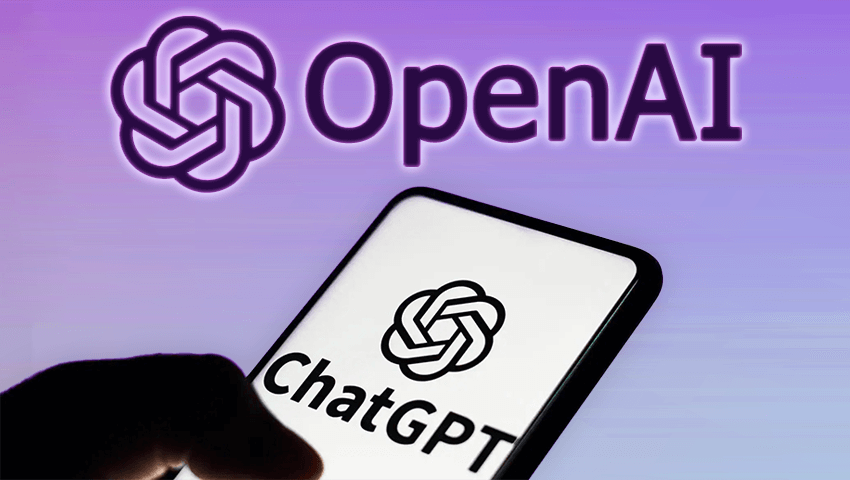

OpenAI, the company behind the popular AI chatbot ChatGPT, has released OpenAI o1, its latest AI model designed to excel at complex reasoning tasks in science, coding, and math. The new model aims to address some of the limitations found in previous models by improving the way AI “thinks” before generating responses.
In a statement, OpenAI explained that the o1 model was trained to spend more time thinking about a problem, mimicking the way humans reason. “We trained this model to spend more time thinking about a problem before responding, just like a person would,” the company said. This approach, which OpenAI calls “reasoning,” allows the model to improve its thinking process, consider multiple strategies, and recognize mistakes before giving an answer. The goal is to increase accuracy, especially on more complex tasks.
The new o1 series is OpenAI’s response to a persistent problem: AI models that generate incorrect or misleading information, often referred to as “hallucinations.” This was a persistent problem with previous models like GPT-4, which struggled with powerful but complex inference tasks, sometimes giving incorrect answers with great confidence.
According to OpenAI, o1 has already demonstrated impressive capabilities in internal tests, performing at the same level as PhD students on difficult problems in physics, chemistry, and biology. In a preparatory test for the prestigious International Mathematics Olympiad, o1 solved 83% of the problems correctly, a significant improvement over GPT-4’s 13% success rate.
The potential applications for this model are vast. OpenAI highlighted its use in medicine to annotate cell sequencing data, and in physics to generate complex mathematical formulas used in quantum optics. This enhanced inference could be helpful in areas such as scientific research, software development, and engineering that require multi-step workflows or detailed analysis tasks.
OpenAI emphasized the importance of safety when releasing this new generation of AI models. The company claims that the o1 model is more robust in complying with safety guidelines, especially in scenarios where users attempt to bypass safety measures, known as “jailbreaking.” In tests, the o1 model outperformed GPT-4 in resisting jailbreaking attempts, scoring 84 on a difficult safety test, while GPT-4 scored 22.
The company has also signed agreements with AI safety labs in the U.S. and the U.K. to provide early access to the model for evaluation and testing. OpenAI is working with both governments to ensure that the development and deployment of AI technology adheres to strict safety standards, especially considering the potential risks that AI poses in areas such as misinformation and bias.
Despite these advances, the increasing energy demands of large AI models such as OpenAI o1 are a serious problem. These models require enormous amounts of computational power to generate complex responses, which ultimately increases energy consumption.
OpenAI’s advancements open the way for companies like QuData to improve everyday user experiences. The freely available QuData AI assistant allows users to engage in personalized, conversational chats with a custom chatbot built on ChatGPT. Whether they’re looking for information on a specific topic or just want to have a casual conversation, the QuData AI chatbot can provide intelligent, contextual responses to a wide range of topics.
The launch of OpenAI o1 is just the beginning of what the company describes as a new era of inference-driven AI. This is the first model in the o1 series, and OpenAI expects to release regular updates and improvements. The current model lacks certain features that made ChatGPT so popular, such as handling web browsing and file uploads, but this is expected to evolve quickly.


